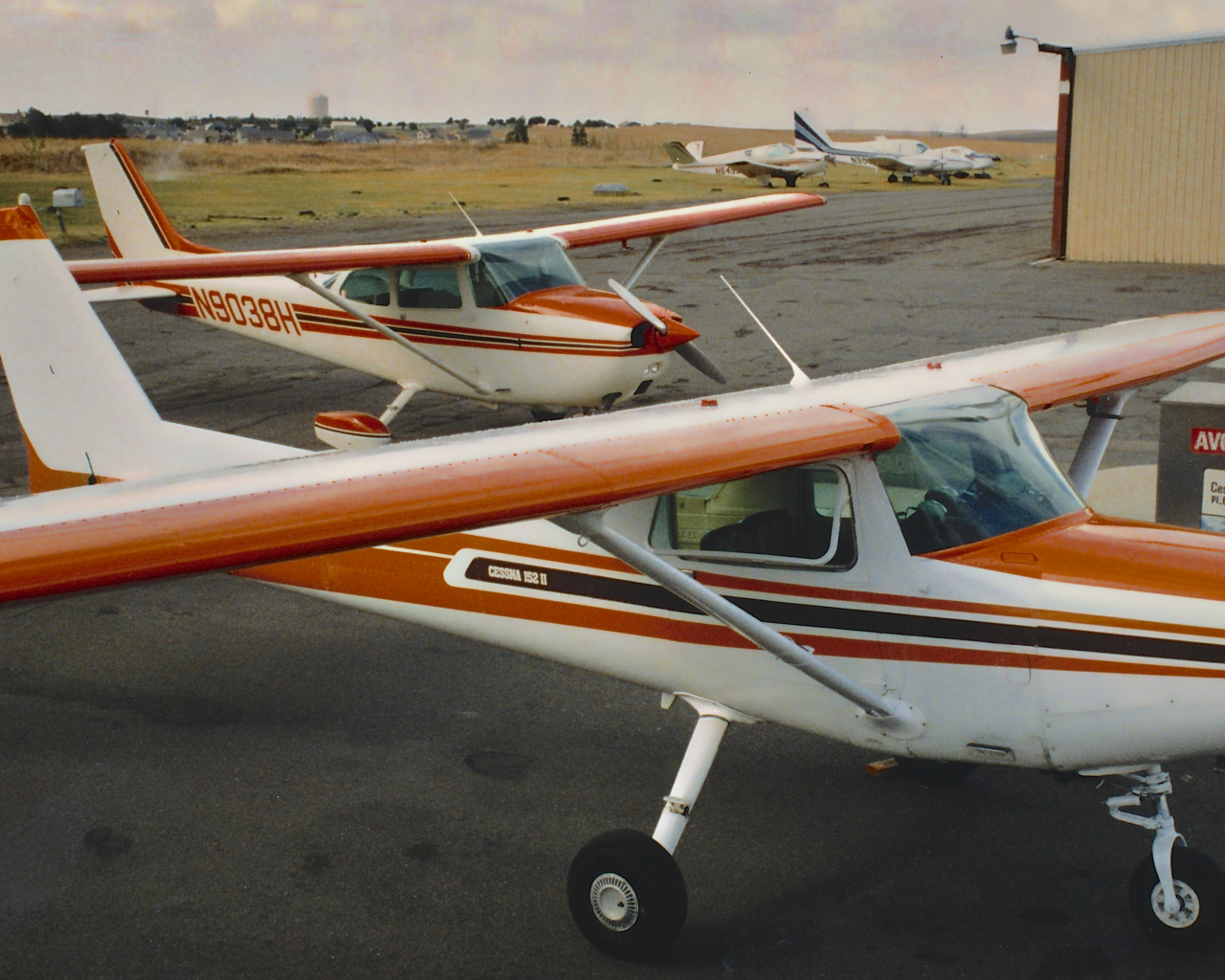Today is my second day of flight training, and I have the pleasure of flying with a B737 pilot who has a very positive attitude and speaks English in a clear and understandable manner.
I had planned to mount my action camera for better analysis of my mistakes and easier progress monitoring. Unfortunately, when I arrived at the airport with the camera’s box, I realized it was empty. I had forgotten to put the camera inside.

Despite this setback, I learned an important lesson during today’s flight. I realized the importance of looking outside the cockpit, rather than solely relying on the instruments. It’s similar to how a hang-glider flies, basically the airplane follows the direction of your gaze. Although I’m still slightly nervous and apprehensive, I am slowly improving and flying smoother paths than yesterday, both horizontally and vertically.
The most thrilling part of today’s lesson was learning about minimum speed flight and stall recovery. Minimum speed flight was relatively straightforward, with some increased instability and turbulence, but nothing too extraordinary. However, stalls were a different story.
Gaining safe altitude. Setting throttle to idle, trying to hold an altitude. Speed is falling, the stall warning is screaming,and I feel some bumping… Yuhooo! The first time it is really scary. A roller coaster is nothing compared to that. Next time it is better. And better. And better. But it is still not very comfortable when the airplane stops flying and starts falling.
We began by gaining a safe altitude, then reducing the throttle to idle and attempting to maintain altitude while the speed decreased and the stall warning blared. I started to feel some buffet, and then… Yuhooo! The airplane went into dive. The first time was especially scary, like being on a roller coaster. But with each attempt, I became more comfortable and confident.
Studying the theory beforehand proved to be a smart move, as I have a written test at the end of April, and it’s reminiscent of my university exam sessions.
Happy flying!

Leave a Reply